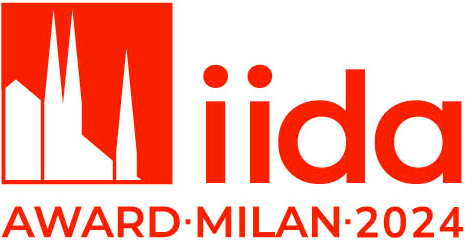
Category: ARCHITECTURE

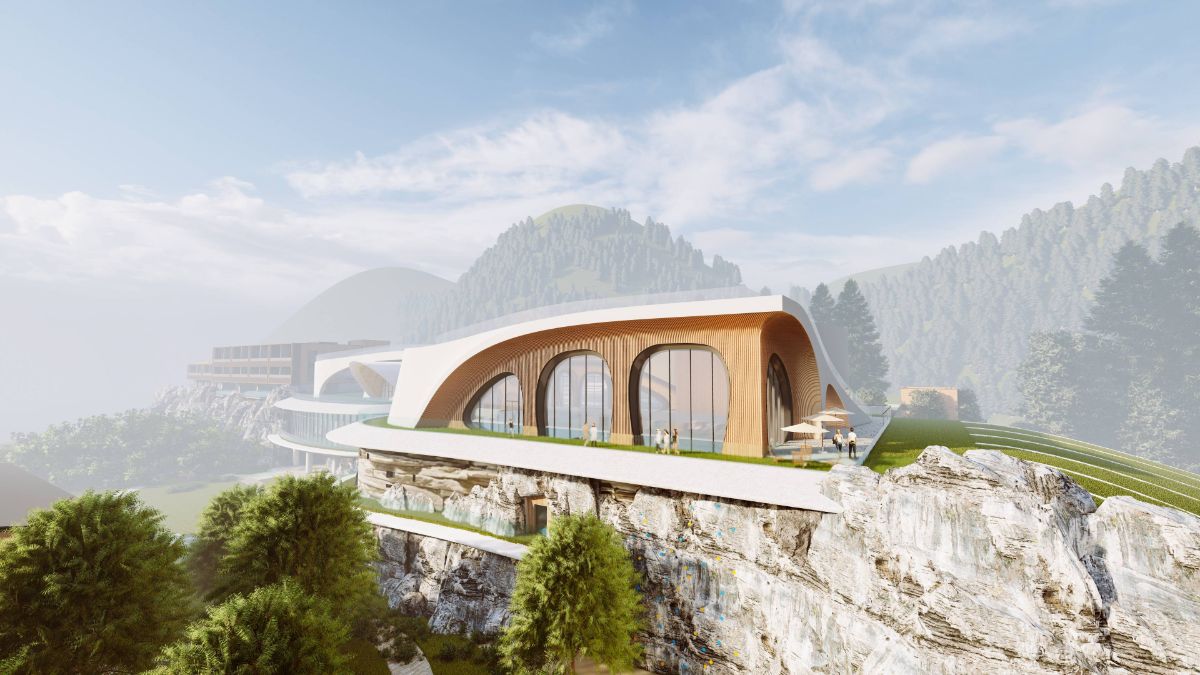
- ARCHITECTURE |
- 2023 work |
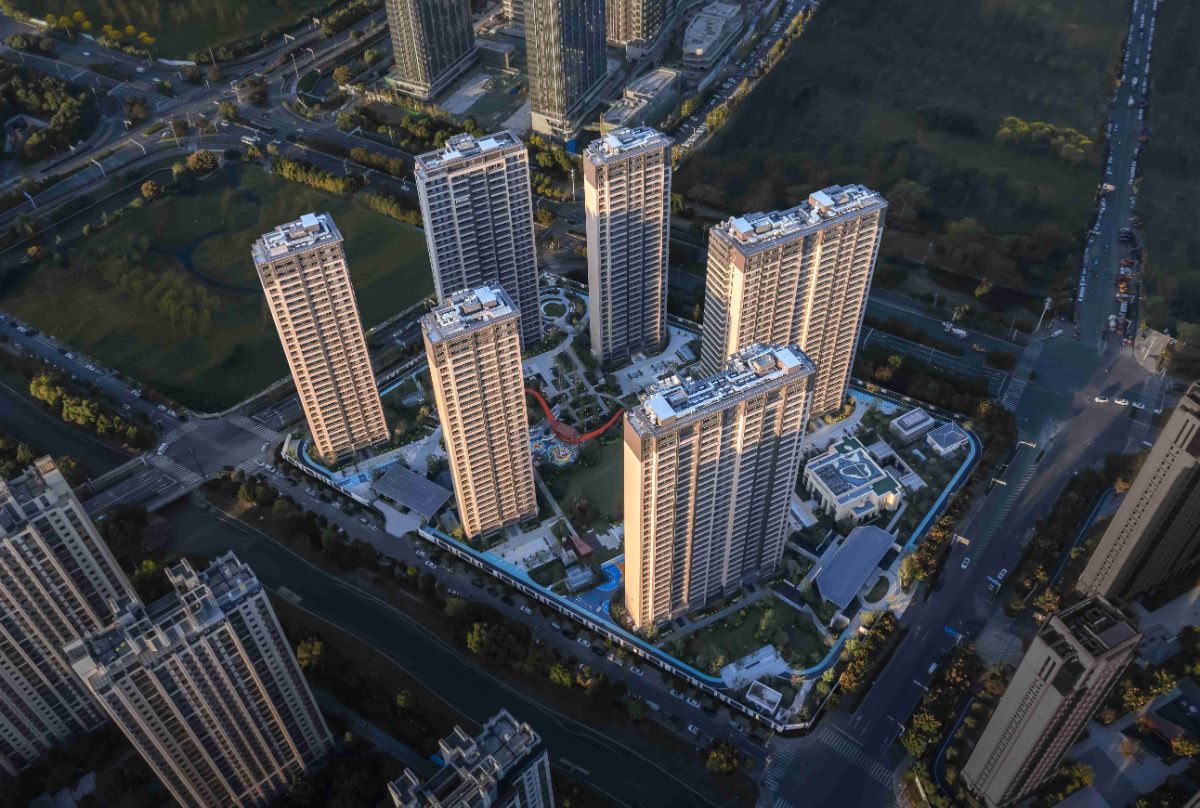
- ARCHITECTURE |
- 2023 work |

- ARCHITECTURE |
- 2023 work |
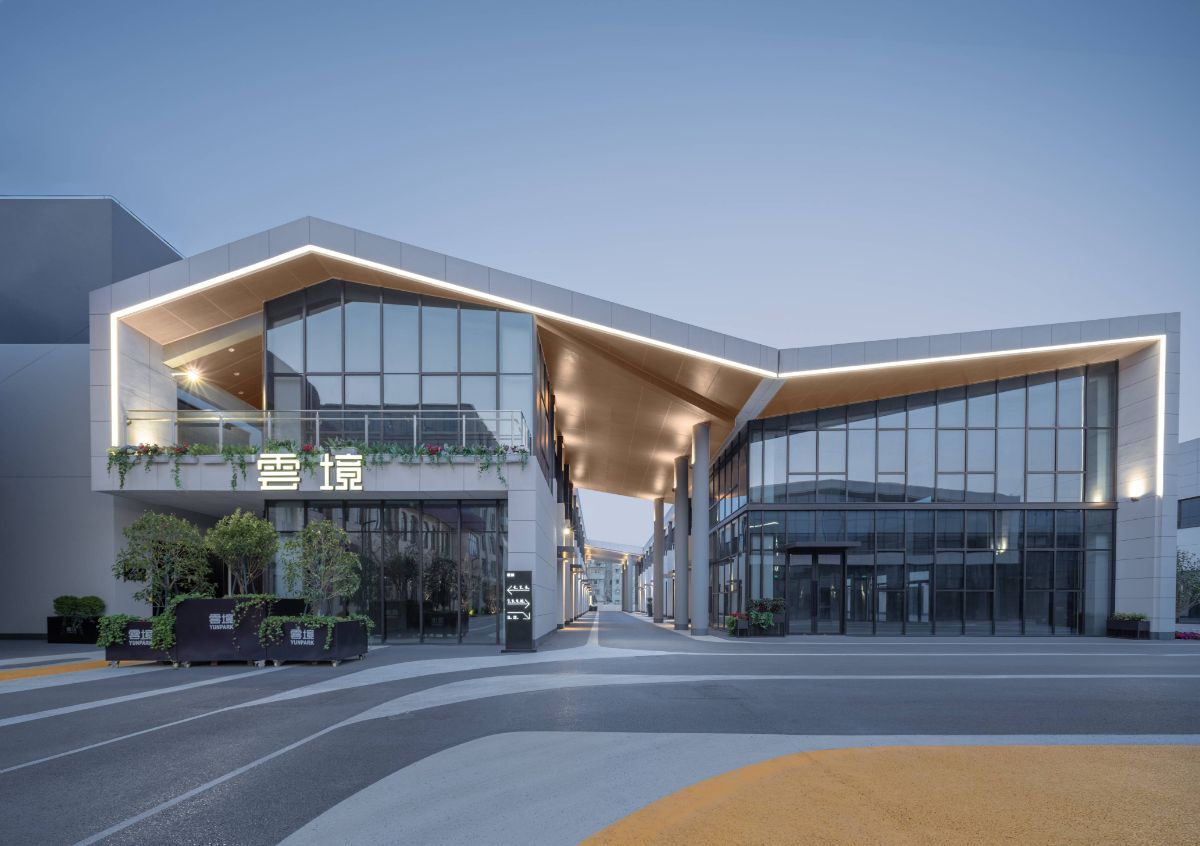
- ARCHITECTURE |
- 2023 work |
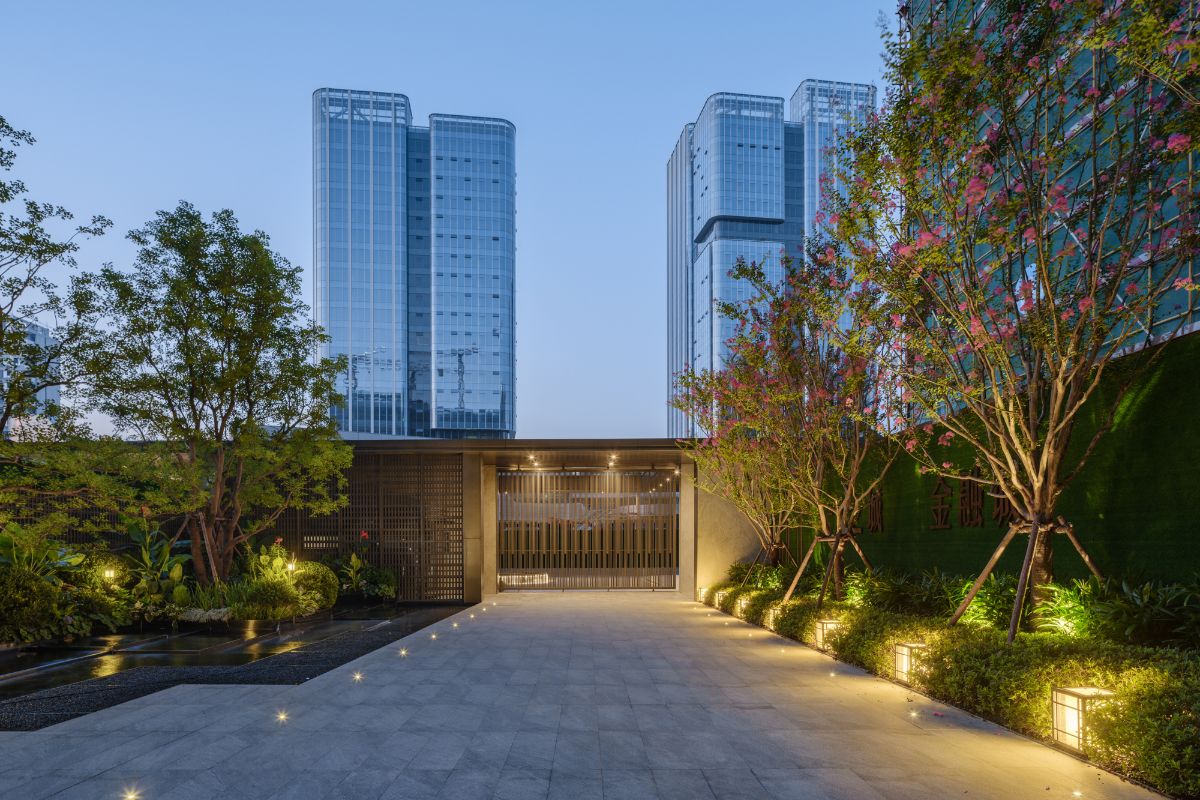
- ARCHITECTURE |
- 2023 work |
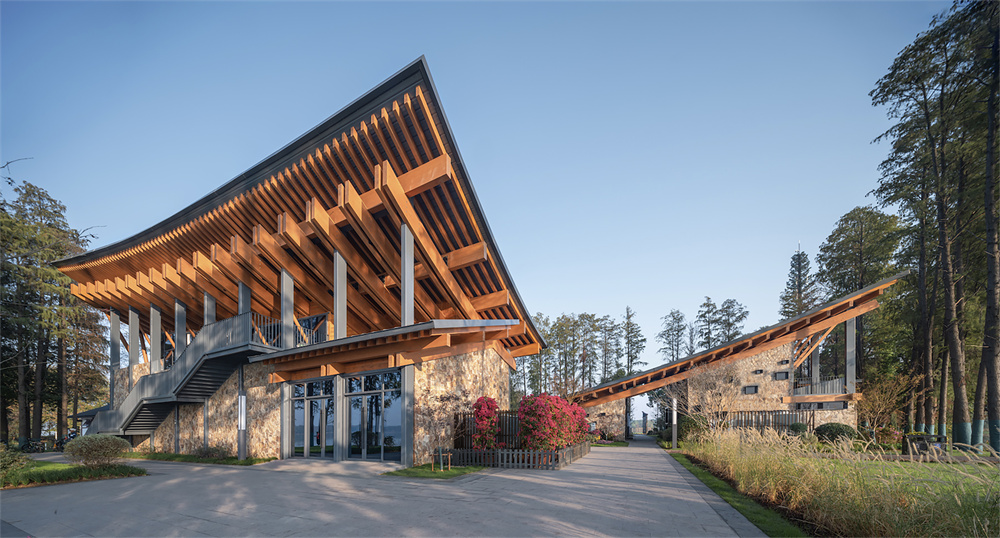
- ARCHITECTURE |
- 2023 work |
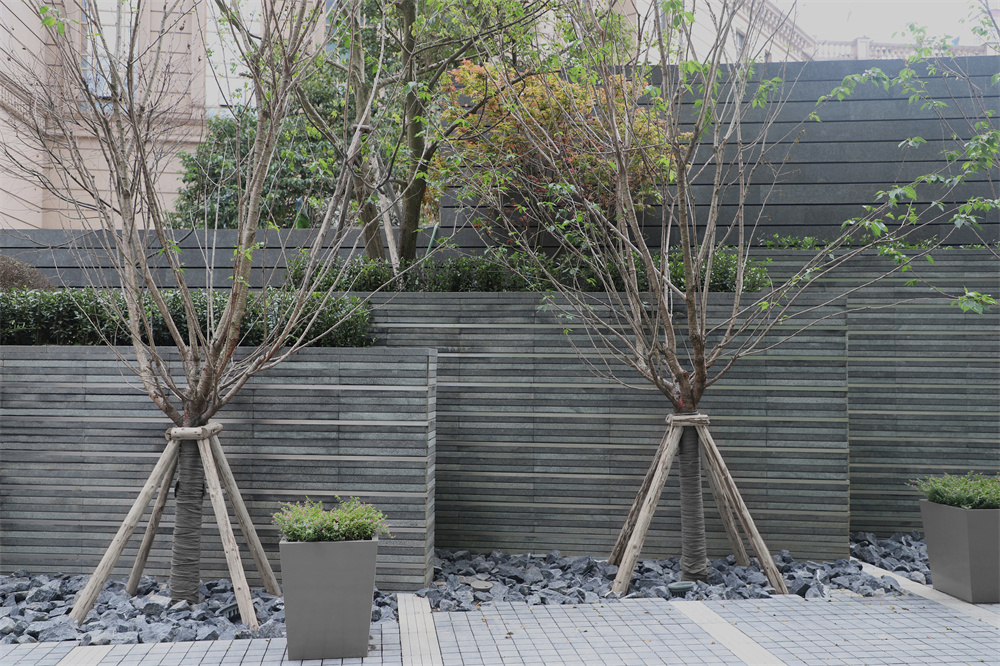
- ARCHITECTURE |
- 2023 work |
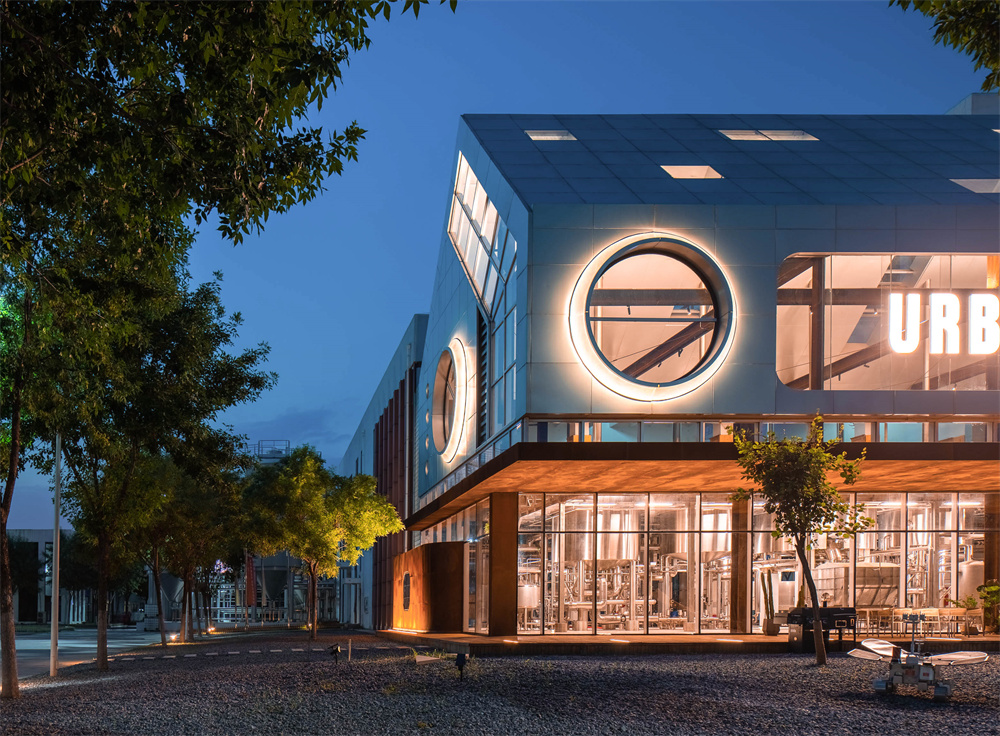
- ARCHITECTURE |
- 2023 work |
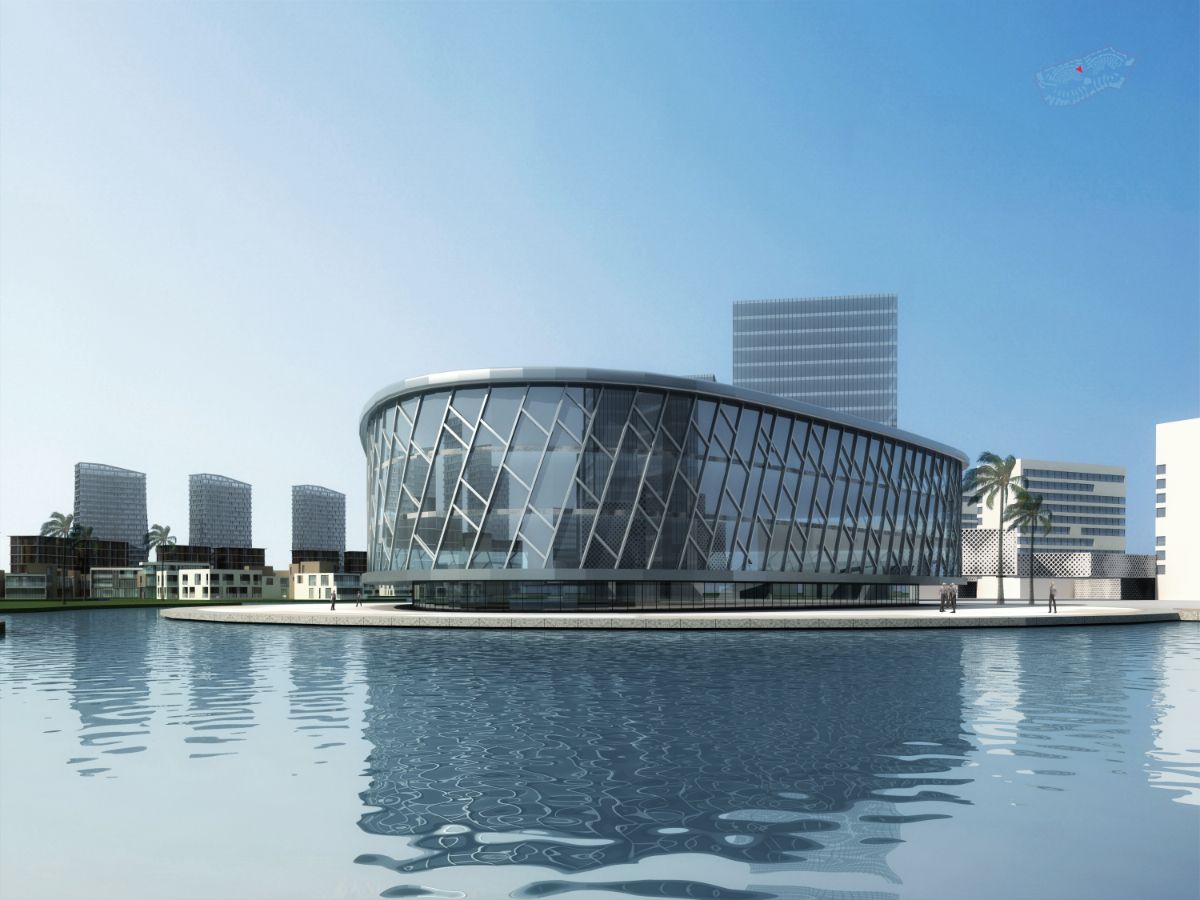
- ARCHITECTURE |
- 2023 work |
